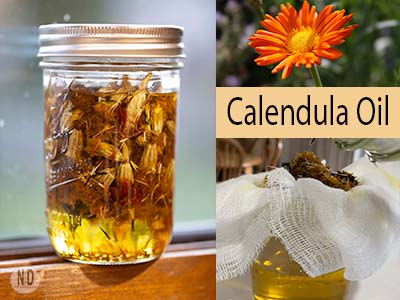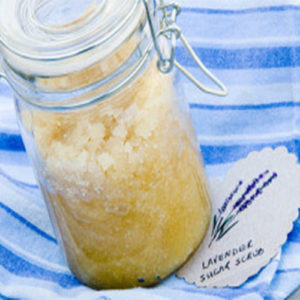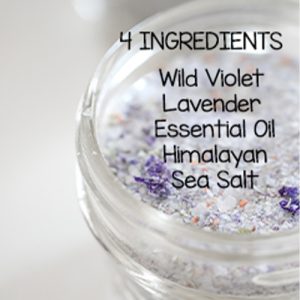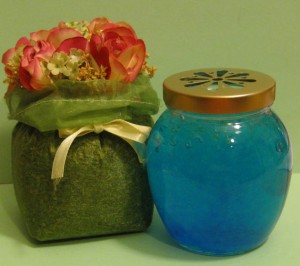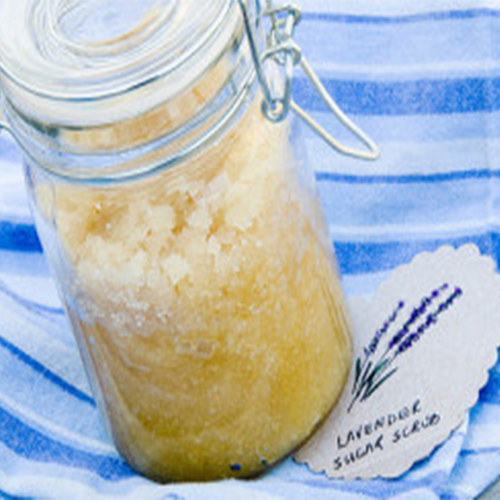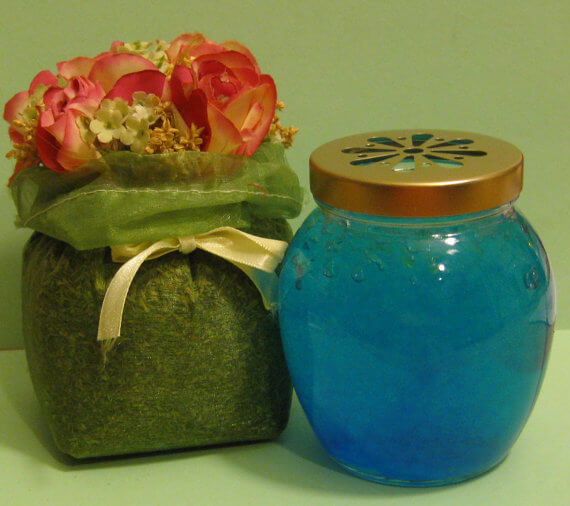Make Calendula oil by infusing Calendula officinalis (marigold flowers) in a carrier oil like olive oil or coconut oil. Use the oil on its own or used to create salves, creams, ointments, and balms.
Calendula Flowers
Calendula (Calendula officinalis), is the pot marigold, common marigold, ruddles, or Scotch marigold, and is a flowering plant in the daisy family Asteraceae. It is a certain type of marigold.
Gardeners plant these sun-loving annuals in flower pots, flower beds, and vegetable gardens. The plant is easy to grow from seed, collect flowers to dry and the fresh petals are edible and range from spicy to bitter, tangy to peppery.
Making Calendula Oil
In the fall I start what I refer to as my kitchen window chemistry experiments. By experiments, I’m referring to infusing flowers, herbs, and plants with oils – that is it. Right now, I have jars of orange sunshine sitting on a window edge in my kitchen.
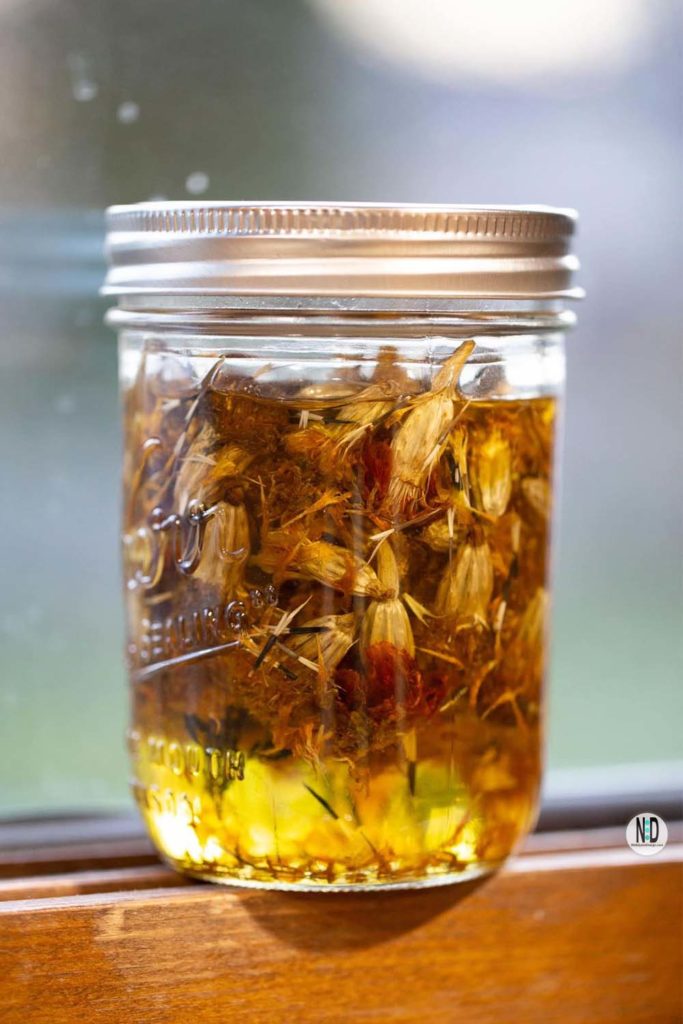
What Is Calendula Oil Used For?
Calendula oil is known for its antifungal, anti-inflammatory, and antibacterial properties
- Lightening dark spots on the skin
- Healing wounds
- Soothing eczema
- Relieving dry, cracked winter skin
- Banish blemishes & acne
- Relieving diaper rash
Recipe
3 cups olive oil or coconut oil (I use olive oil for everything)
1-1/2 cups dried calendula flowers
Sterilized glass jar
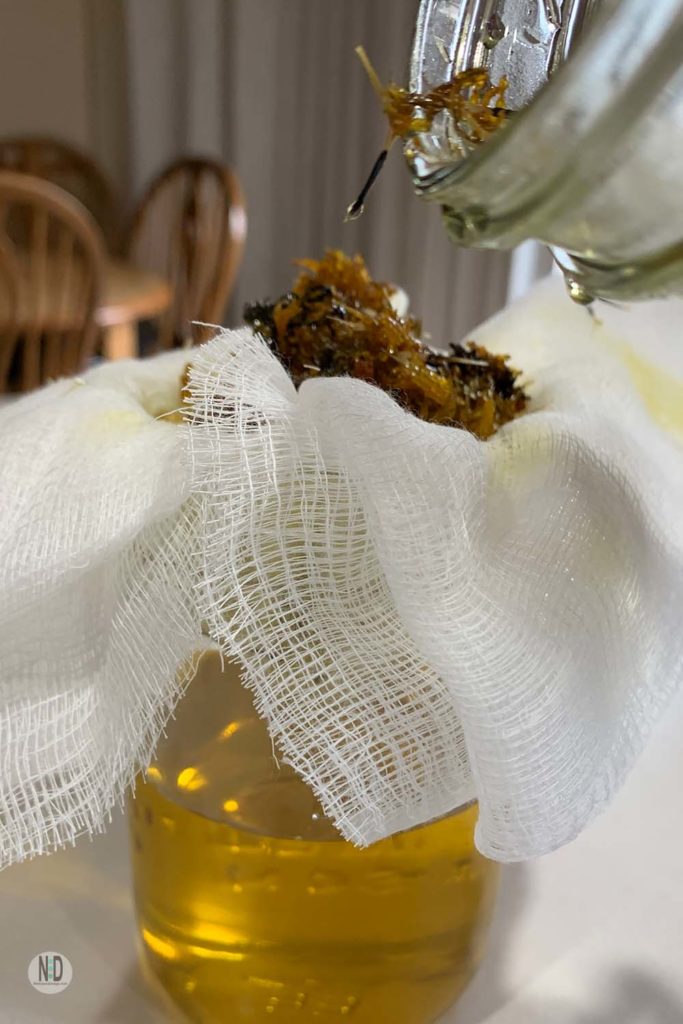
Directions
Break up dried calendula flowers into a sterilized glass jar. Pour 3 cups of oil over the dried flowers being sure to cover all the plant material. Place the jar in a sunny location to soak for 5 weeks.
Strain oil through cheesecloth into a clean, sterilized glass jar to remove plant material. Cover and label with the date.
Olive oil normally keeps for 1-2 years if stored in a cool, dry location. I store the oil under our half-bathroom sink.
In the winter, I will make hand salve and use the oil to help aid with dry skin.
